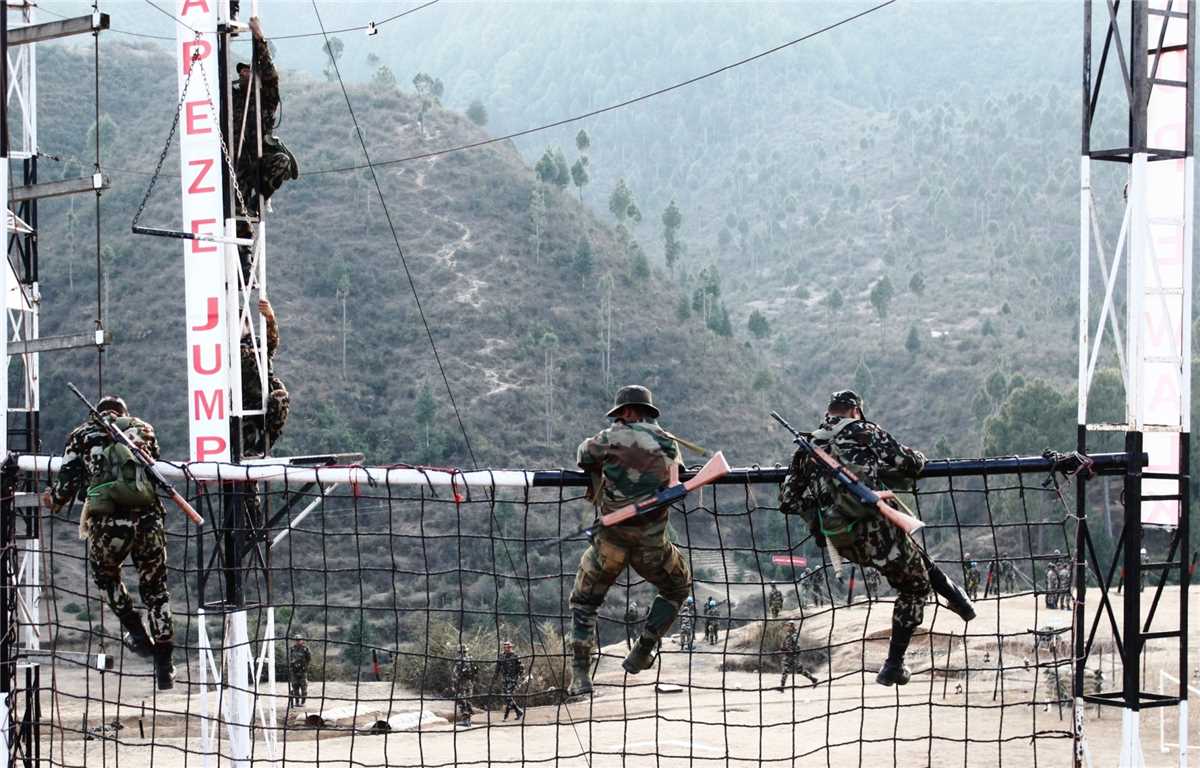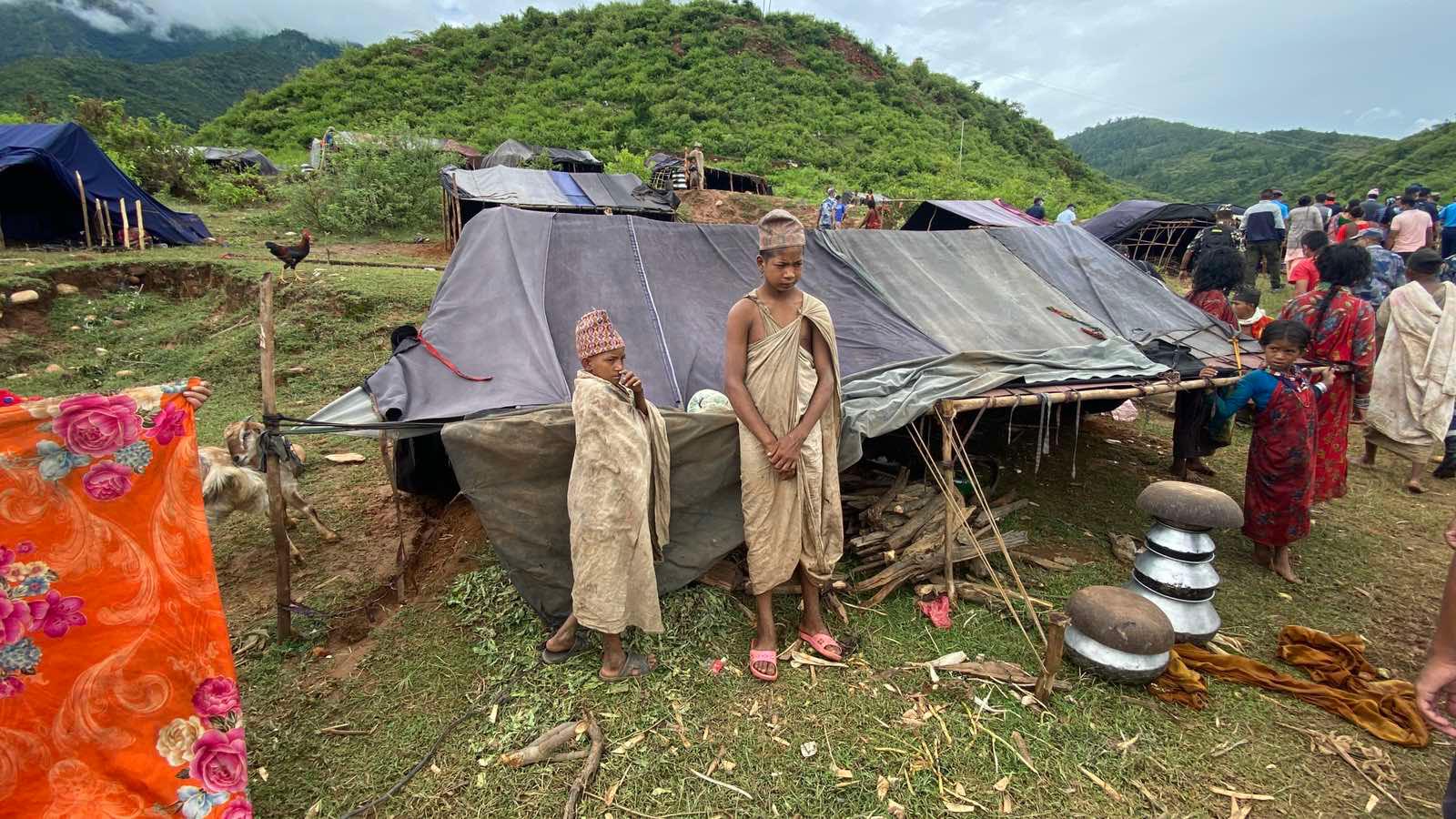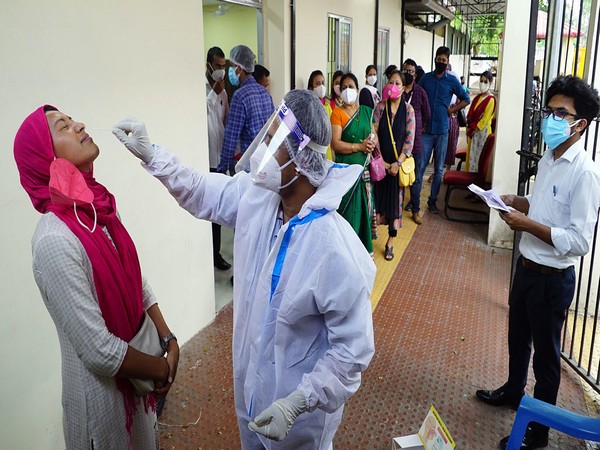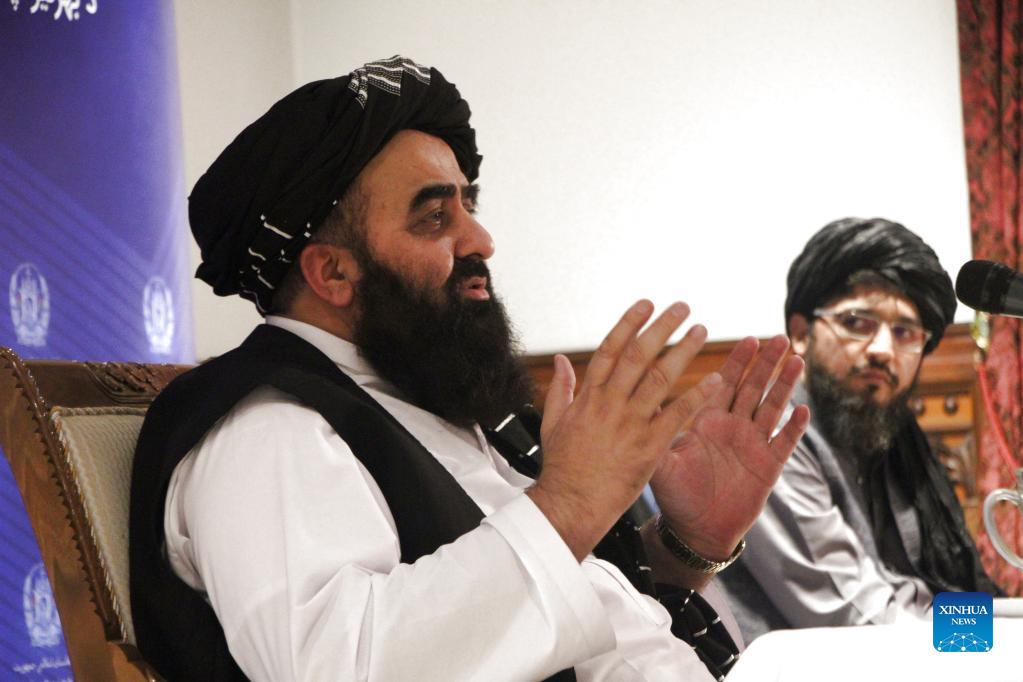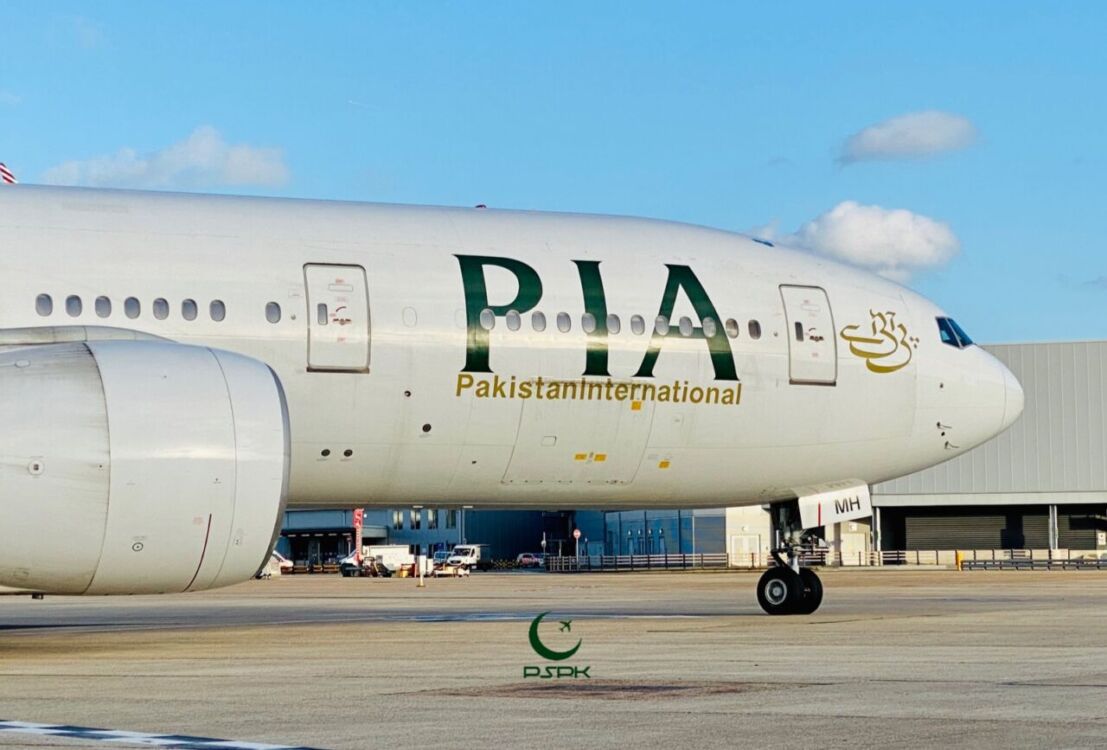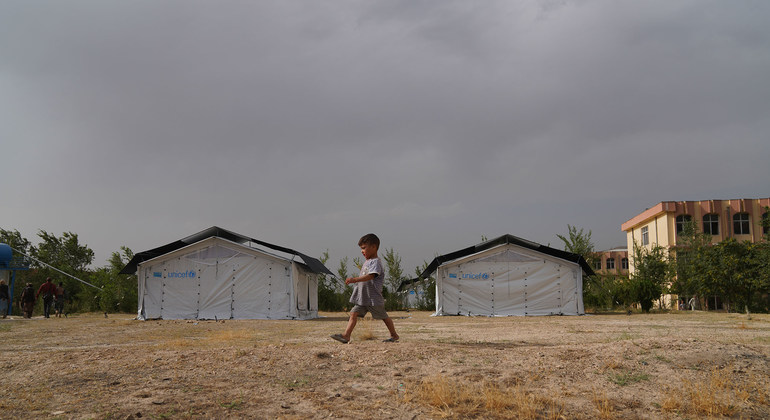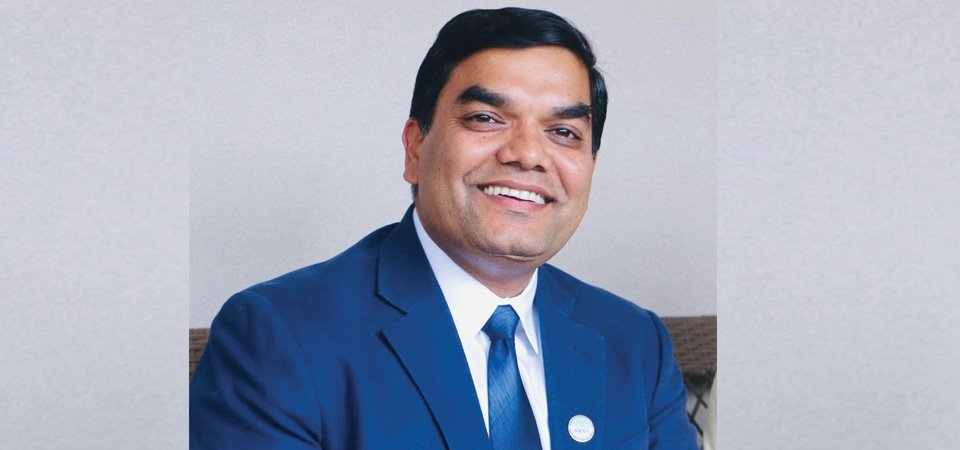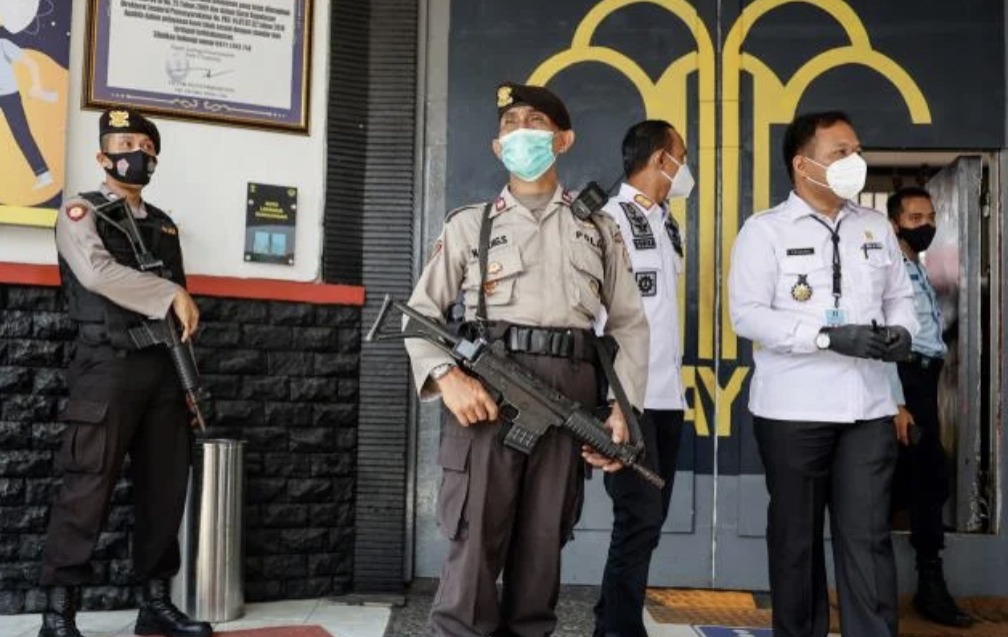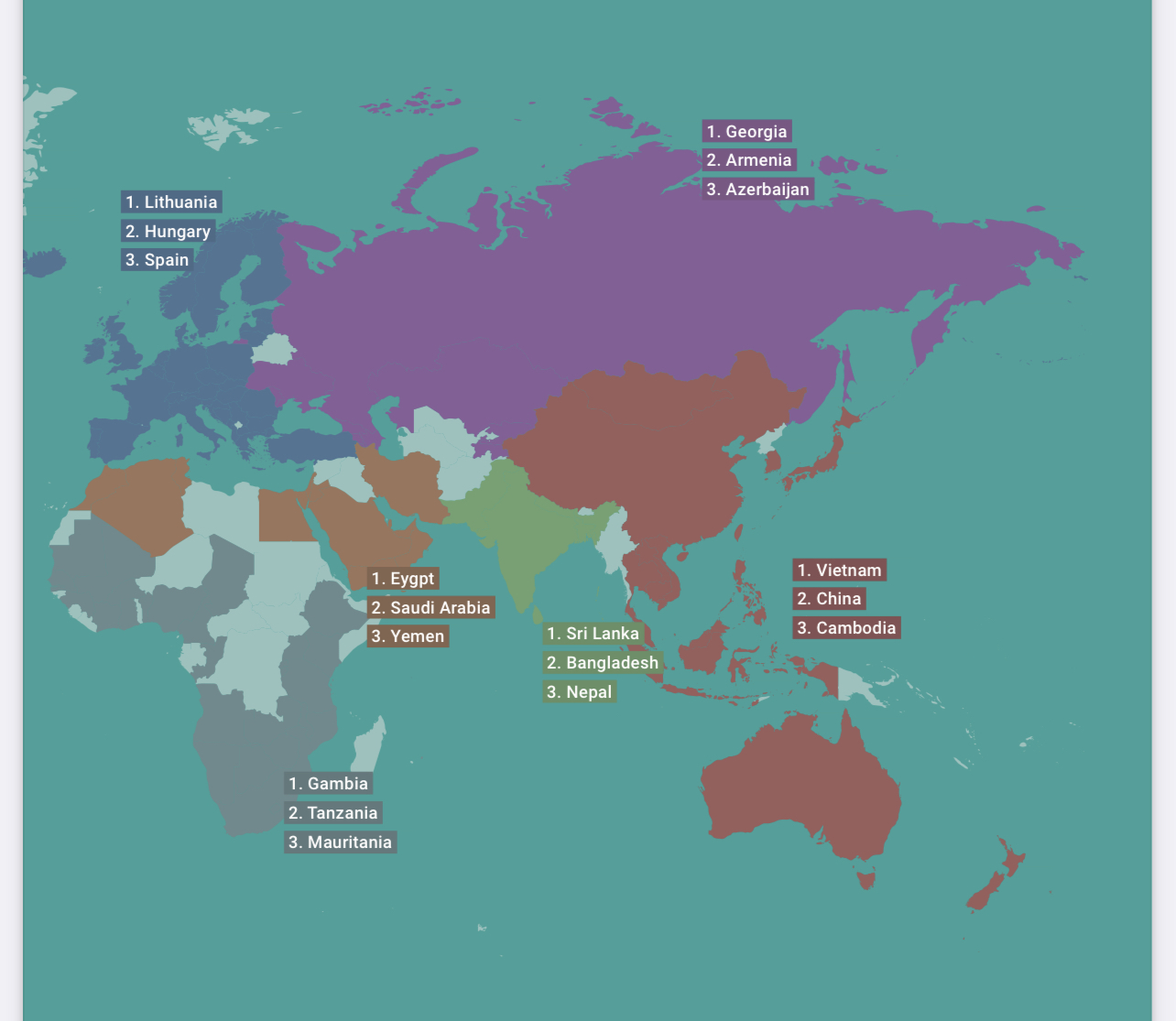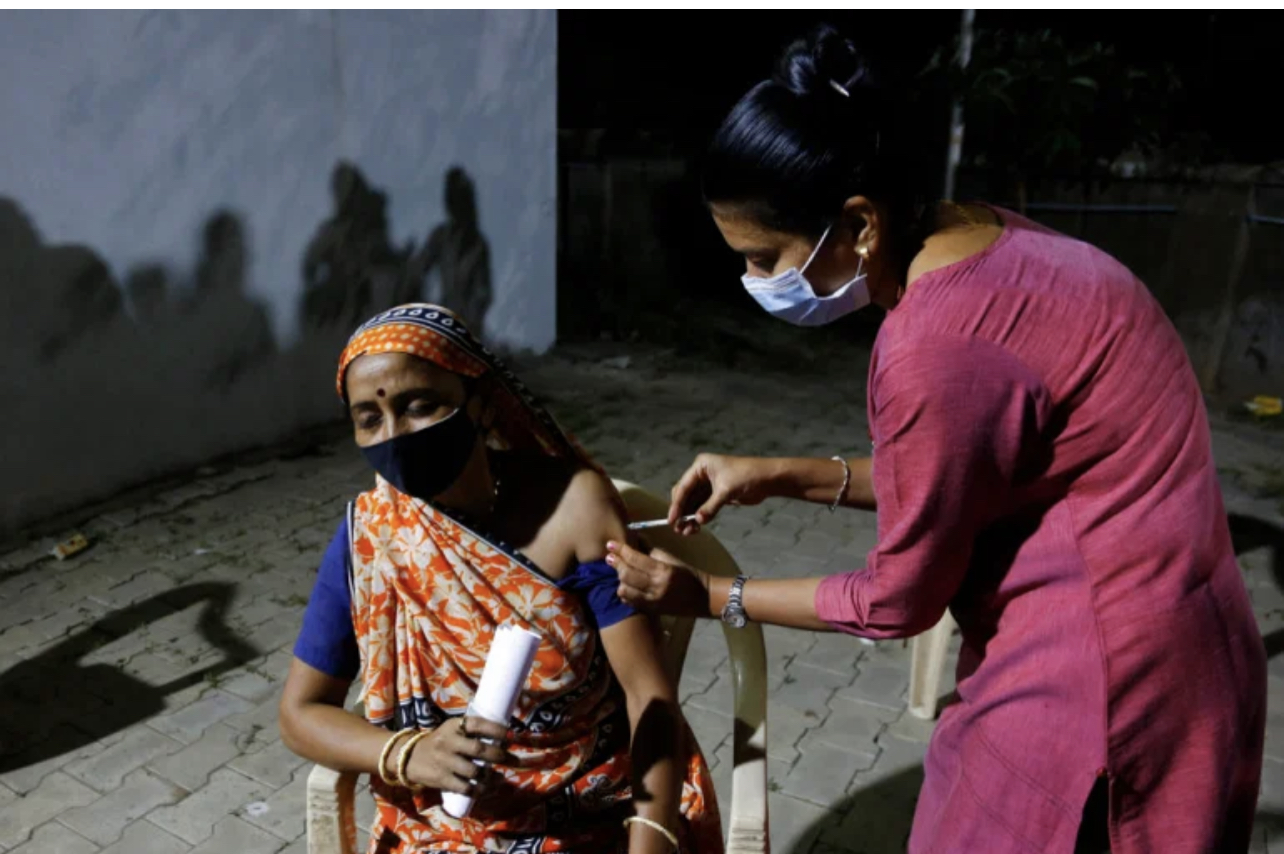London —Pakistani legendary qawwal and playback singer Ustad Rahat Fateh Ali Khan has performed at Wembley Arena in London for three hours.
On the occasion, London Mayor Sadiq Khan appreciated the performance of Rahat Fateh Ali Khan and said that the people here love the Pakistani artist.
The singer kicked off his UK tour, titled ‘The Legacy Tour’, with a packed Wembley singing along to classic hits such as ‘Teri Meri’, ‘Mere Rashke Qamar’ and the timeless ‘Dam Mast Kalandar’ in an enthralling 3 hour live music spectacle, with Sadiq Khan joining him during an interval.
The Mayor, addressing the crowd on stage alongside Rahat Fateh Ali Khan, said “The special thing about Rahat Fateh Ali Khan is he’s played at the Nobel Peace Prize, he’s performed for Kings and Queens, and he makes songs for Bollywood and Hollywood films, but he never forgets his fans in London. Tonight he has brought the community together again and given us another fantastic night to remember here at the SSE Wembley Arena. Thank you for showing the world that London is open.”
He adds: “It is great to see the South Asian community in London coming out to enjoy live music again after what has been a very difficult past 18 months. London is the epicentre of multicultural entertainment and I was excited to welcome Rahat Fateh Ali Khan back to the city for this incredible concert, kicking off a season where some of the biggest artists from South Asia will be coming back to London to perform.”
Also attending the concert were award-winning British film director Gurinder Chadha, chart-topping music producer Naughty Boy and acclaimed Indian film director Shekhar Kapur.





